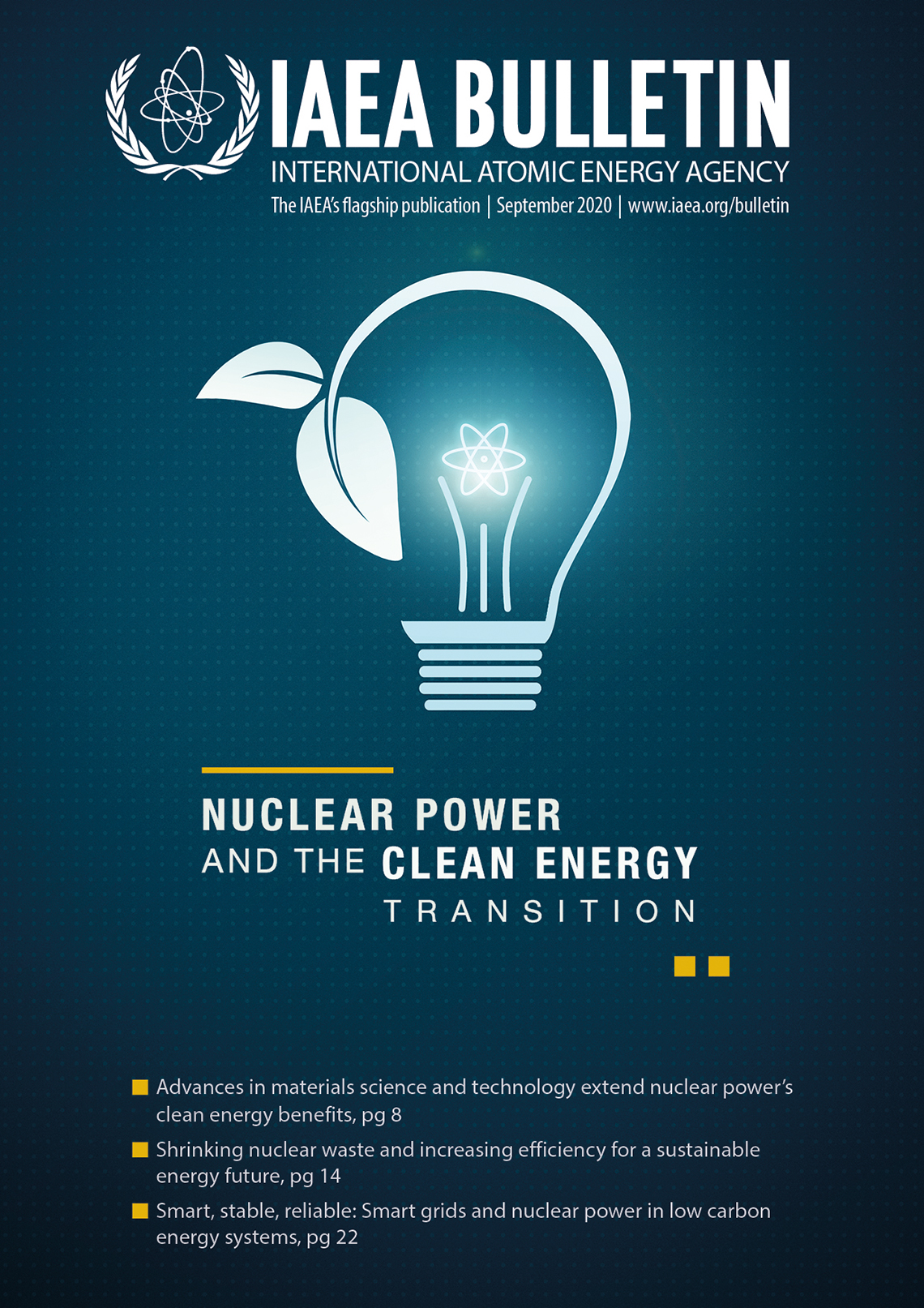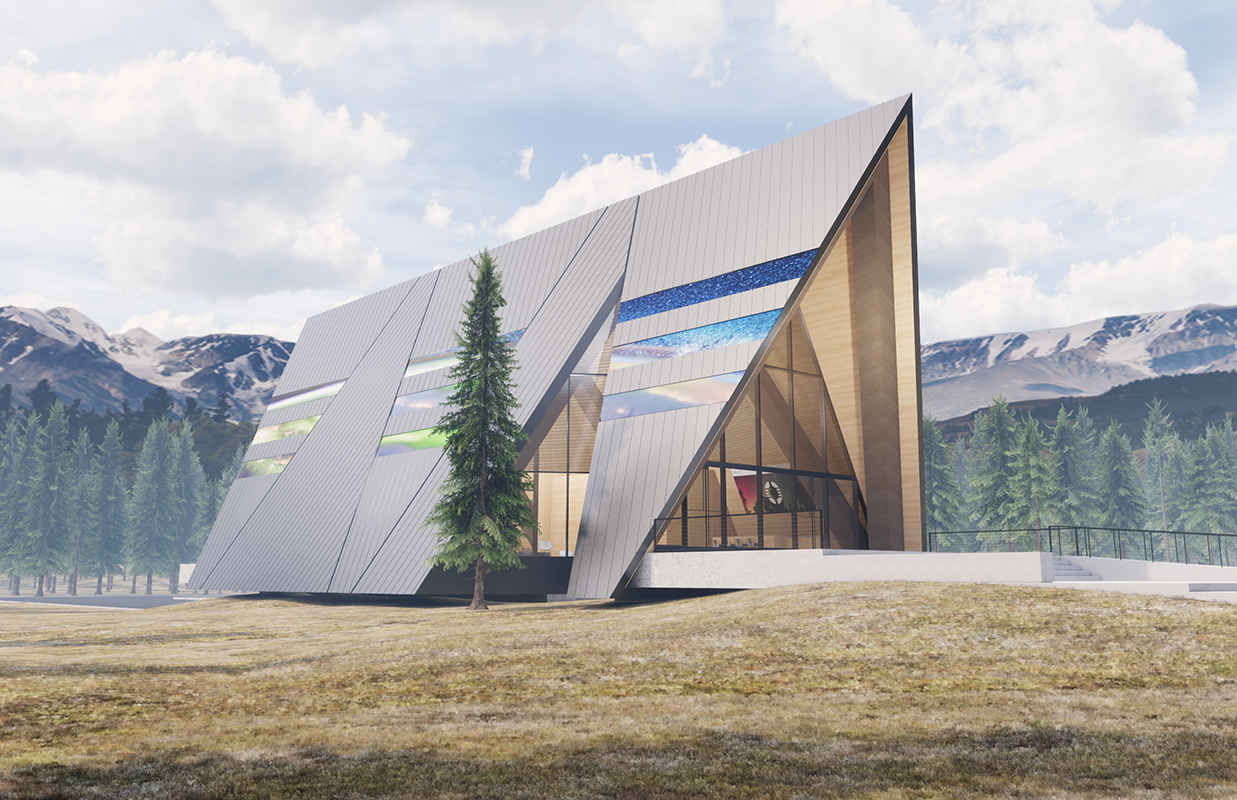While SMR designs are generally based on well-known reactor systems, MRs are the sort of thing you would expect to see in a science fiction movie. They are small enough for the whole plant to be built in a factory and transported by a truck. With self-regulating passive safety systems, they only require a small workforce to run. Operating independently from the electric grid, they can be moved around and used in different locations. They can generate up to 10 MW(e) of power — around 10 years or more of electricity for more than 5 000 homes, 24 hours a day, 7 days a week.
These compact, movable reactors can serve as backup power supplies for places like hospitals, or replace power generators that are often fuelled by diesel and are the only source of electricity for remote communities as well as industrial and mining sites.
More than a dozen MRs are now under development by private companies and research groups worldwide.
One close to deployment is the Aurora 1.5 MW(e) fast spectrum reactor being developed by Oklo, a US-based start-up company. Now going through the regulatory process, Aurora is designed to function and self-regulate primarily using natural physical phenomena, meaning it has very few moving parts, which increases safety. It is also expected to be able to operate for decades without refuelling, using high assay low enriched uranium fuel.
“The fission reaction can be used in many formats: small and large, different fuels, different ways to cool, and enable many different ways for business models and community interaction and ownership,” said Caroline Cochran, Chief Operating Officer of Oklo. “The novel use of fission and the implementation of distributed, smaller plants can enable human development while minimizing resource use.”
Other MRs at advanced stages include a 4 MW(e) reactor developed by U-Battery, a URENCO-led company based in the United Kingdom that is expected to begin operation in 2028.

